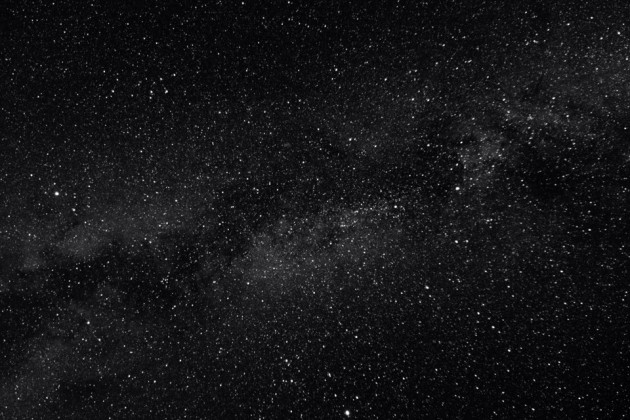
In the Northern hemisphere’s sky, hovering above the Milky Way, there are two constellations—Cygnus the swan, her wings outstretched in full flight, and Lyra, the harp that accompanied poetry in ancient Greece, from which we take our word “lyric.”
Between these constellations sits an unusual star, invisible to the naked eye, but visible to the Kepler Space Telescope, which stared at it for more than four years, beginning in 2009.
“We’d never seen anything like this star,” says Tabetha Boyajian, a postdoc at Yale. “It was really weird. We thought it might be bad data or movement on the spacecraft, but everything checked out.”
Kepler was looking for tiny dips in the light emitted by this star. Indeed, it was looking for these dips in more than 150,000 stars, simultaneously, because these dips are often shadows cast by transiting planets. Especially when they repeat, periodically, as you’d expect if they were caused by orbiting objects.
The Kepler Space Telescope collected a great deal of light from all of those stars it watched. So much light that Kepler’s science team couldn’t process it all with algorithms. They needed the human eye, and human cognition, which remains unsurpassed in certain sorts of pattern recognition. Kepler’s astronomers decided to found Planet Hunters, a program that asked “citizen scientists” to examine light patterns emitted by the stars, from the comfort of their own homes.
In 2011, several citizen scientists flagged one particular star as “interesting” and “bizarre.” The star was emitting a light pattern that looked stranger than any of the others Kepler was watching.
The light pattern suggests there is a big mess of matter circling the star, in tight formation. That would be expected if the star were young. When our solar system first formed, four and a half billion years ago, a messy disk of dust and debris surrounded the sun, before gravity organized it into planets, and rings of rock and ice.
Strange Star!
But this unusual star isn’t young. If it were young, it would be surrounded by dust that would give off extra infrared light. There doesn’t seem to be an excess of infrared light around this star.
It appears to be mature.
And yet, there is this mess of objects circling it. A mess big enough to block a substantial number of photons that would have otherwise beamed into the tube of the Kepler Space Telescope. If blind nature deposited this mess around the star, it must have done so recently. Otherwise, it would be gone by now. Gravity would have consolidated it, or it would have been sucked into the star and swallowed, after a brief fiery splash.
Boyajian, the Yale Postdoc who oversees Planet Hunters, recently published a paper describing the star’s bizarre light pattern. Several of the citizen scientists are named as co-authors. The paper explores a number of scenarios that might explain the pattern—instrument defects; the shrapnel from an asteroid belt pileup; an impact of planetary scale, like the one that created our moon.
Originally posted 2015-10-29 12:15:02. Republished by Blog Post Promoter












